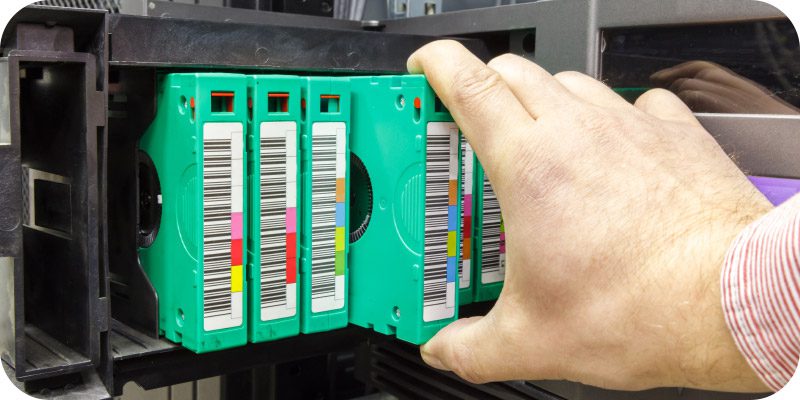Flexible, Future-Proof Storage: The Foundation for Evolving AI Infrastructure


VDURA’s Senior Director Matt Swalley offers commentary on how flexible, future-proof storage is the foundation of evolving AI infrastructure. This article originally appeared in Insight Jam, an enterprise IT community that enables human conversation on AI.
In the technology sector, advancements are progressing rapidly. Future-proof storage solutions with built-in scalability, performance, and durability can meet enterprises’ increasing demands for reliable and high-performance data storage. These solutions are more efficient in processing high-performance computing (HPC) and AI environments compared to traditional storage methods.
Future-proof storage starts with flexibility. Today, storage solutions need to have the power to adapt to changing data requirements and evolving workloads or else organizations risk limitations in performance, scalability, and data durability, which particularly affect critical tasks such as AI model checkpointing and inferencing.
Key Features of Flexible, Future-Proof Storage
With a flexible storage plan that emphasizes scalability, organizations can be confident that their operations are specifically designed to grow alongside changing needs and requirements, ensuring long-term viability within a dramatically changing environment. As these data requirements change, having a scalable storage plan allows for easy expansion without affecting performance or efficiency. This scalability aspect is essential to avoid bottlenecks and allow for an organization’s infrastructure to handle complicated tasks and growing volumes of data over time.
Performance is equally important, especially when it comes to supporting HPC computing and AI workloads. High-performance storage systems provide the necessary throughput and low latency needed to accelerate AI training cycles, optimize model checkpointing, and enable rapid inference.
Additionally, data durability and protection mechanisms are vital to prevent data loss and ensure reliability. Advanced data protection techniques, such as erasure coding, offer industry-leading durability and significantly reduce the risk of data loss compared to traditional storage setups. These mechanisms ensure that data remains intact and accessible, even at hyperscale levels, providing organizations with the confidence that their valuable information is secure.
Benefits of Future-Proofing Storage
Organizations stand to save a significant amount of money by investing in future-proof storage that incorporates intelligent data tiering and automated lifecycle management. By automatically placing performance-sensitive data on high-speed flash storage and moving less critical data to more economical HDD tiers, organizations can optimize their storage costs without compromising on performance. This dynamic approach ensures that resources are used efficiently, reducing the need for expensive, high-performance storage across the board.
Managing storage solutions becomes much simpler with flexible storage options that utilize unified global namespaces. Regardless of where data is stored, unified global namespaces allow for the access and management of data from a single location. Streamlined operations and a common control plane make it easy to scale and adapt to changing needs, reducing the complexity and overhead typically associated with managing diverse storage environments.
Smart data structure and automated management can help companies cut costs without cutting performance value. These advanced, future-proof storage strategies provide efficient task management and lay the foundation for potential growth and innovation.






















